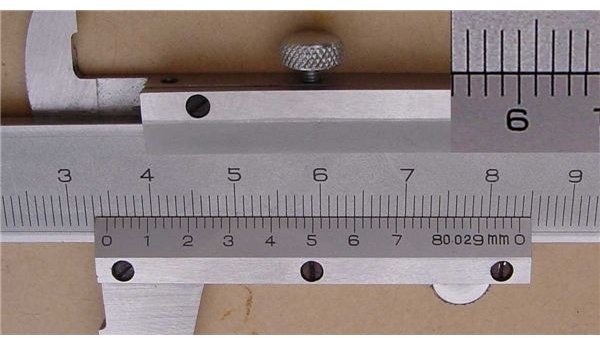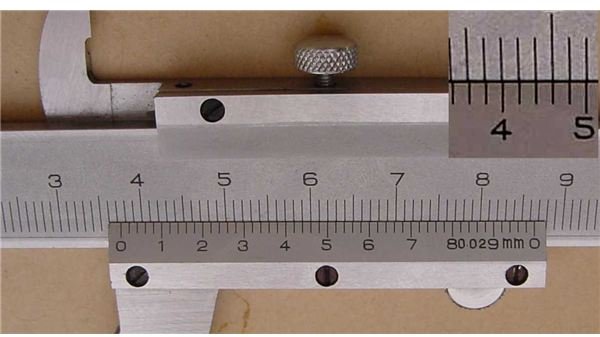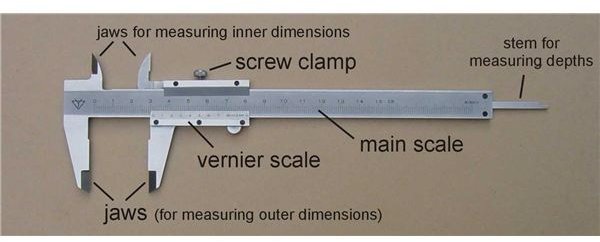How to Read a Vernier Caliper or Reading Vernier Calipers
Introduction
Vernier caliper is used for measuring length of objects with acute precision. An important measuring device for engineers, vernier calipers consists of two scales – a main scale and a sliding or vernier scale. It is important to know the different parts of the vernier calipers before using it. Know more about Vernier calipers and its various parts in here.
The main scale of the Vernier calipers shows reading in millimeters, whereas the sliding vernier scale is divided into ten equal parts and has a least count of 0.1 mm. Readings of both the scales are important for reaching the final reading.
Reading Vernier Calipers
Using vernier calipers in the first place might seem a bit difficult; however with practice one can easily gain the expertise. It is to note that reading vernier calipers requires a bit of calibration to be done by the user. Reading of each scale is taken with respect to the other scale. This means that the reading of the main scale is taken using the markings on the vernier scale and vise-versa. Let us now understand how the readings of objects are taken using Vernier calipers
How the Readings are Taken?
A Vernier Calipers allows readings up to a precision of 0.02 mm. The object whose outer diameter is to be measured is kept between the main jaws, whereas the object whose inner diameter is to be measured is placed around the smaller jaws. The jaws are so kept that they just touch the surface of the object softly. This is done by moving the vernier scale.
The reading of the main scale is taken where the patch just on the left of the vernier scale coincides with the marking on the main scale. Whereas the measurement of the vernier scale is taken by observing the division on the vernier scale that lines up exactly with that of the main scale. We will see how this is done taking with the help of examples.
Example 1
Imagine that the scales, after placing the object in between the jaws, came to the position as shown in the figure below. Make sure that the screw clamp is tightened to prevent the scales from moving. If you observe the vernier scale carefully, you will notice that the small patch immediately to the left of “0” coincides with the 4th marking after 3 of the main scale. This means that the main scale reading is 34 mm. This main scale reading is the first significant figure of the measurement. The vernier readings will be kept after 34 mm to form the final reading.
Again observing the figure carefully, it is observed that the 60th division exactly coincides with one of the divisions on the main scale. Thus the vernier reading is 60 and it will be placed right after the main scale reading, i.e. 34.60 mm. Thus, the final reading of the vernier is 34.60mm.

Example 2
Let’s take one more example. In the figure below, the main scale reading, just left to the zero on the vernier scale is 37 mm. Thus the main scale reading is 37mm. For the vernier reading, it is observed that the 46th division exactly coincides with one of the main scale readings. Thus the vernier scale reading is 46 and thus the final reading comes to 37.46mm.
While taking the main scale reading, in case the small division on the left of 0 on the vernier scale, doesn’t match any of the markings on the main scale and lies exactly in the center of two divisions than the smaller reading is taken as the main scale reading. Also, many people complain that there are instances when more than two divisions of the vernier scale coincide with those of the main scale. However, in reality such situation is not possible, and if observed carefully, only one division would be found coinciding exactly with one on the main scale.

References
Image credits
